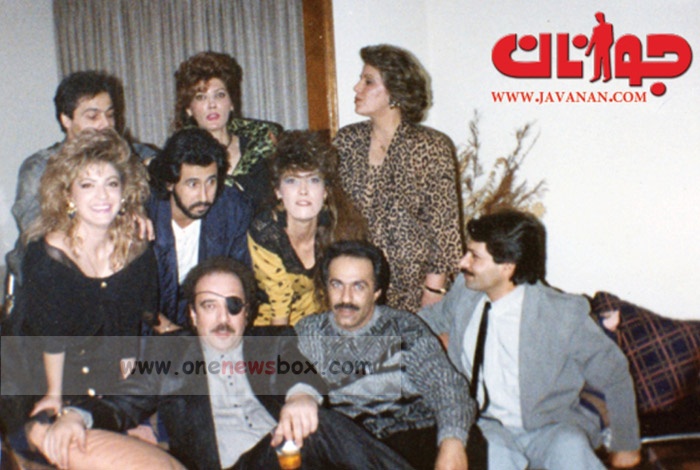ntroduction
Iranian music is a rich tapestry woven from the threads of ancient traditions, classical poetry, and modern influences. This vibrant musical heritage spans from the deep, resonant tones of symphonic compositions to the lively beats of pop music. Over the centuries, Iran’s music has evolved, reflecting the nation’s history, culture, and the socio-political changes that have shaped it. This article delves into the development of Iran’s symphonic and pop music, exploring how these genres have intertwined with the country’s cultural identity, and how they have influenced and been influenced by global music trends.
The Birth and Evolution of Homeland’s Symphonic Music
Early Beginnings in the Late Qajar and Early Pahlavi Periods
The roots of Homeland’s symphonic music can be traced back to the late Qajar and early Pahlavi periods. This era marked a significant transformation in Homeland’s musical landscape, as Western musical traditions began to merge with Homeland’s own classical and folk traditions. The introduction of Western instruments and the adoption of symphonic forms were pivotal in this transformation.
During the Qajar era, under the influence of European classical music, Iranian musicians began experimenting with new forms of musical expression. This period saw the establishment of military bands, which were heavily influenced by Western music. These bands played a crucial role in introducing symphonic music to Iran, laying the groundwork for its development in the years to come.
With the rise of the Pahlavi dynasty in the early 20th century, there was a concerted effort to modernize Iran, and this extended to the realm of music. The Pahlavi rulers, particularly Reza Shah, were keen to promote Western culture, and symphonic music was seen as a symbol of modernity and progress. The establishment of the Tehran Symphony Orchestra in 1933 marked a significant milestone in the history of Iranian symphonic music. This orchestra, which is one of the oldest in the Middle East, became a beacon of Western classical music in Iran, performing works by European composers as well as fostering the development of Iranian symphonic compositions.

